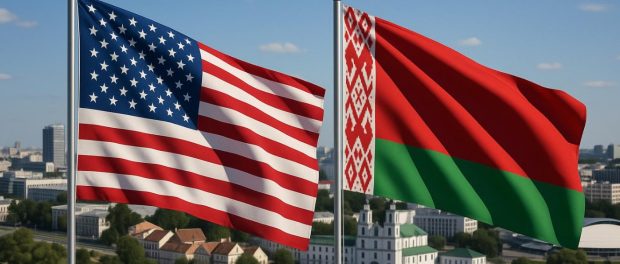Kellogg’s Minsk Visit: A New Opening in U.S.–Belarus Relations

If confirmed, this would mark the most senior American visit to Belarus in years, hinting at a tentative thaw in long-frosted relations. The visit comes amid stalled Ukraine-Russia peace efforts and renewed U.S. interest in nudging Belarus away from Moscow’s orbit. Historically marked by tension, U.S.–Belarus relations have swung between cautious engagement and diplomatic estrangement. Kellogg’s trip may signal a recalibration—though skepticism remains high on both sides of the Atlantic.
A Visit Laden with Symbolism
Kellogg’s planned meeting with Lukashenko, reported by multiple sources, would be the first by a U.S. official of his rank in over five years. The timing is no coincidence: peace talks between Ukraine and Russia remain inconclusive, and the U.S. appears to be testing the waters for a broader diplomatic realignment in the region. According to insiders, Kellogg views the visit as a potential catalyst for restarting negotiations—though the agenda remains deliberately opaque.
This outreach follows a quieter visit earlier this year by Deputy Assistant Secretary Christopher W. Smith, who facilitated a prisoner exchange and hinted at Lukashenko’s willingness to reduce domestic repression. While such gestures are often transactional, they suggest a subtle shift in tone from Minsk.
A History of Fractured Engagement
U.S.–Belarus relations have been anything but linear. After recognizing Belarusian independence in 1991, the United States opened its embassy in Minsk in 1992, followed by Belarus establishing its own mission in Washington the next year. The 1994 visit by President Bill Clinton was a high-water mark, symbolizing optimism for democratic reform.
That optimism faded quickly. Lukashenko’s consolidation of power, especially after the 1996 referendum that dissolved parliament, drew sharp criticism from Washington. Sanctions followed the 2006 and 2010 elections, both widely condemned as fraudulent. In 2008, Belarus expelled the U.S. ambassador, and diplomatic relations remained frozen for over a decade.
A brief thaw occurred in 2019 with the announcement of ambassadorial exchanges, but the 2020 crackdown on mass protests following another contested election reversed any progress. The U.S. suspended its embassy operations in Minsk in 2022 after Belarus supported Russia’s full-scale invasion of Ukraine.
Strategic Calculations and Realpolitik
Kellogg’s visit must be viewed through the lens of strategic pragmatism. Belarus remains a key Russian ally, offering logistical support for military operations in Ukraine. Yet Lukashenko has also signaled discomfort with total dependence on Moscow, especially as Russia’s international isolation deepens.
For Washington, the calculus is clear: if Belarus can be nudged even slightly toward neutrality—or at least restrained from deeper military integration with Russia—it could shift the regional balance. Kellogg’s recent remarks distancing Europe from peace negotiations, citing the failure of the Minsk-2 accords, suggest a U.S. strategy focused on bilateral leverage rather than multilateral consensus.
A Cautious Outlook
Despite the symbolic weight of Kellogg’s visit, expectations remain tempered. The U.S. State Department has declined to comment, and Belarusian officials have offered no confirmation. The visit could be postponed or canceled altogether, underscoring the fragility of this diplomatic overture.
Still, the very fact that such a visit is being considered marks a notable shift. Whether it leads to substantive change or remains a footnote in a long history of missed opportunities will depend on what follows—and how both sides choose to interpret the moment.

Leave a comment